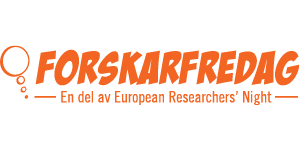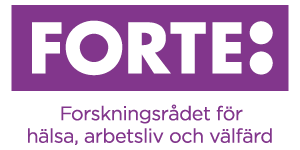Regional finals of the 2016 Researchers’ Grand Prix were held around Sweden during Researchers’ Night on 30 September and shortly after.
Here we present the seven finalists, who will compete in the national final in Stockholm on 29 November 2016.
Finalist: Uppsala
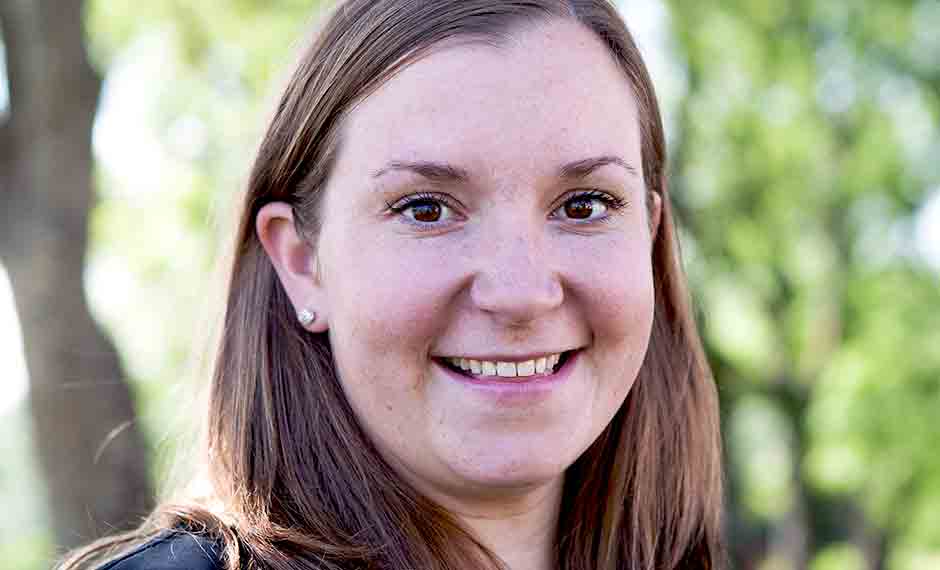
Marlene Andersson
How do spiders spin their amazing silk?
Spider silk is one of the toughest materials found in nature. Spider silk is not only light, stretchy and strong, but has been also used in wound healing of humans. In my research, I study how spiders spin their silk with the aim of imitating nature and making artificial spider silk with the same properties as real spider silk. For the first time ever, I recently managed to spin silk in a similar way to a spider.
Finalist: Malmö
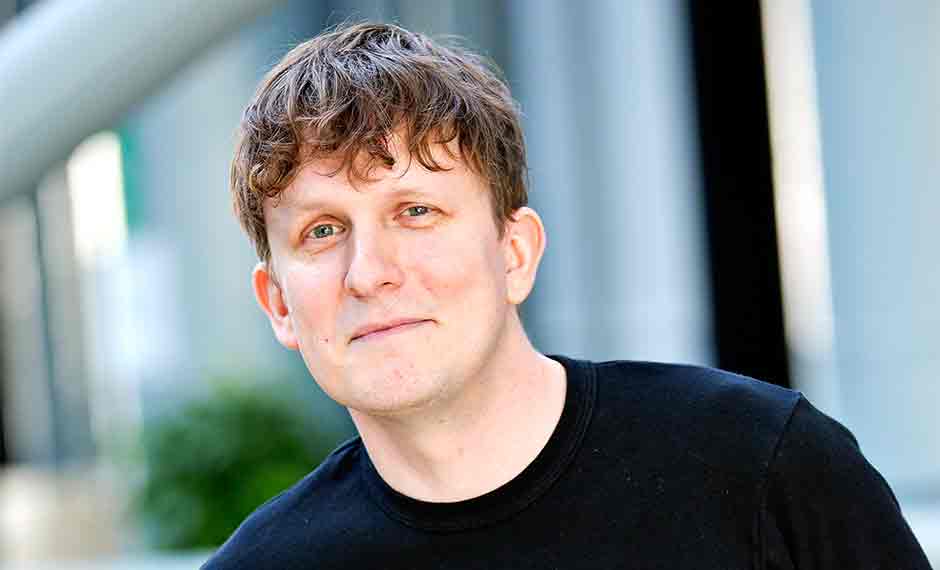
Johan Brännmark
Expectations as limitations
I do research into values and norms in practical philosophy and human rights. My presentation is about social ontology, focusing on the link between the expectations we have of each other and the norms that shape the way we live different kinds of lives. In particular, I explore how expectations can limit us and make it harder to use the freedom that we have, in principle, when we live in a liberal society.
Finalist: Västerås

Caroline Eklund
What kind of web-based platform is needed to support behavioural change and reduce people’s stress?
I do research into behaviour change for treating stress-related problems. I am developing and evaluating an evidence-based, tailored and interactive e-health platform, which includes a self-management programme for behavioural change in stress-related problems.
Finalist: Lund

Nellie Linander
Striped robots
Flying insects are highly acrobatic in the air and can elegantly avoid colliding with stationary and moving objects. My research is investigating the general principles for flight control and how insects navigate new environments without colliding, a question of biological interest as well as for the development of autonomous robotic systems. The star of my show is the bumblebee, which, with its tiny brain, can solve complex navigational problems.
Finalist: Borås
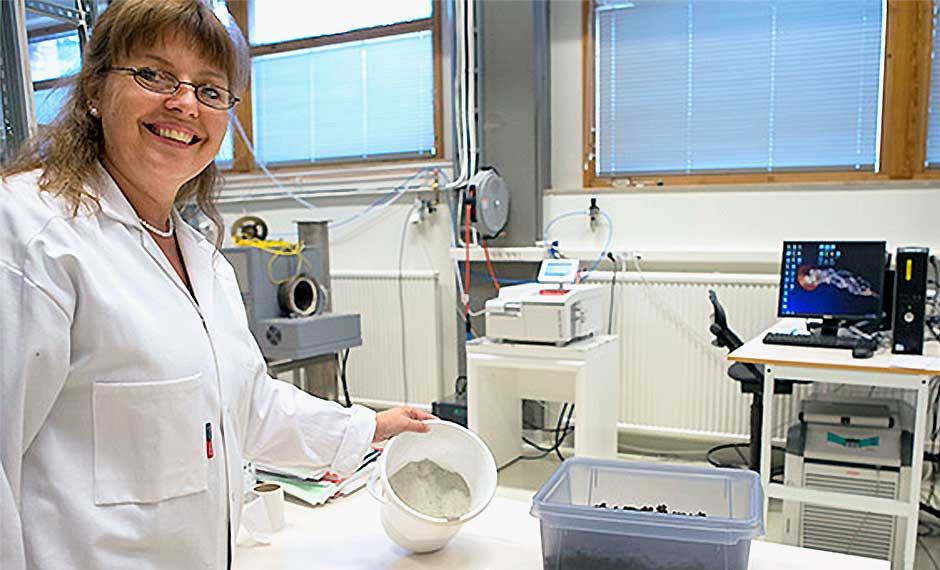
Anita Pettersson
Secondary raw materials and waste management
My research investigates how we can take advantage of the resources that we have already extracted, processed and used from the earth’s reserves. To achieve a sustainable society, we need to reduce our use of new raw materials and re-use materials already in our waste cycle, so-called secondary raw materials.
Finalist: Blekinge
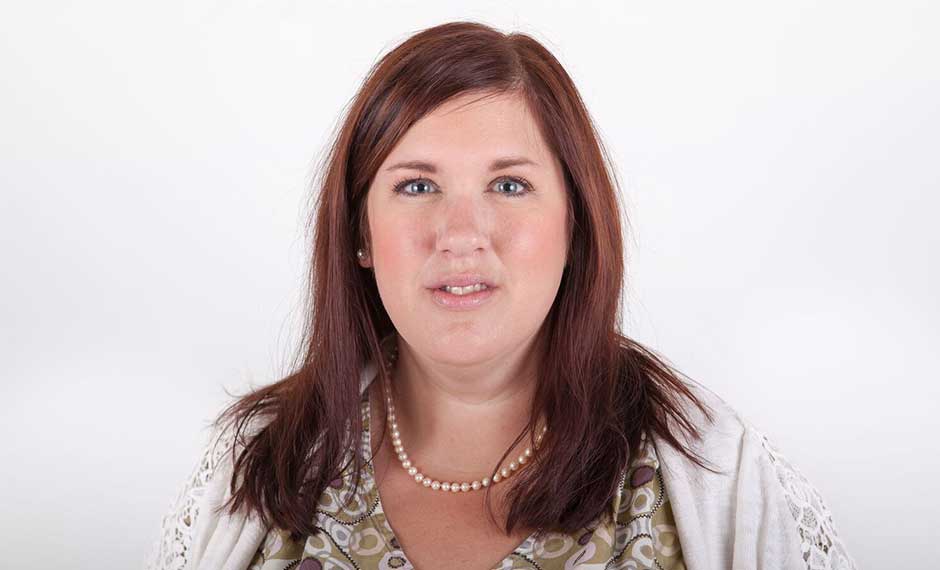
Hanna Tuvesson
Something in the air – ward atmosphere, nursing staff and psychiatric in-patient care
What is it like to work on a psychiatric in-patient ward? How do nursing staff perceive the ward atmosphere and can the climate itself inside the ward make staff feel unwell? In my research, I want to understand how the atmosphere and the environment of psychiatric in-patient wards are experienced by the people who work in them and how it affects their working environment and well-being.
Finalist: Stockholm
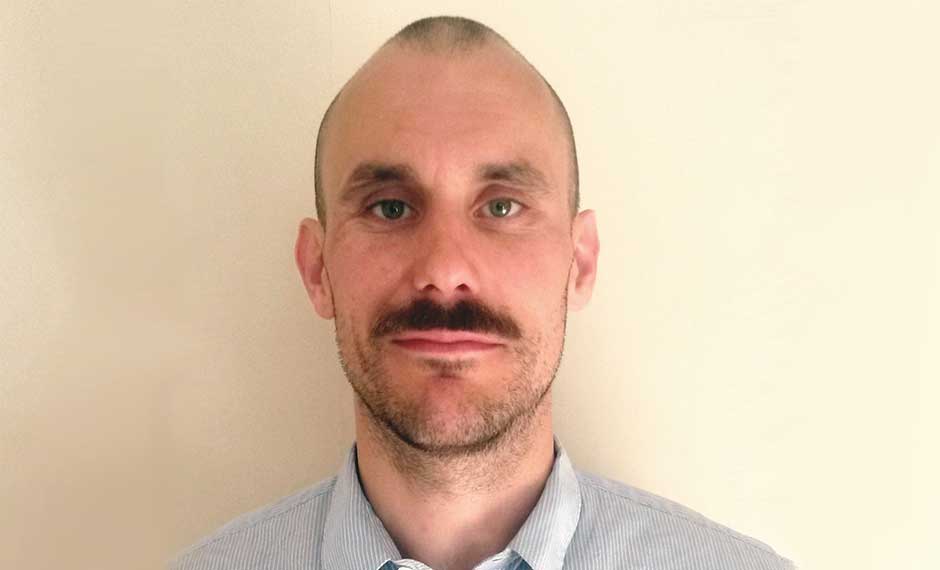
David Unnersjö-Jess
How do you make a kidney transparent and how can this help us to understand the function of a kidney?
I study kidneys using light microscopy. My research group looks at the physics of cells and my research so far has largely been focused on developing techniques for preparing tissue for microscopy. Kidney tissue is not very transparent making it difficult to see through. My presentation explains how chemical methods help to increase tissue transparency, allowing large pieces of tissues to be studied in three dimensions.

